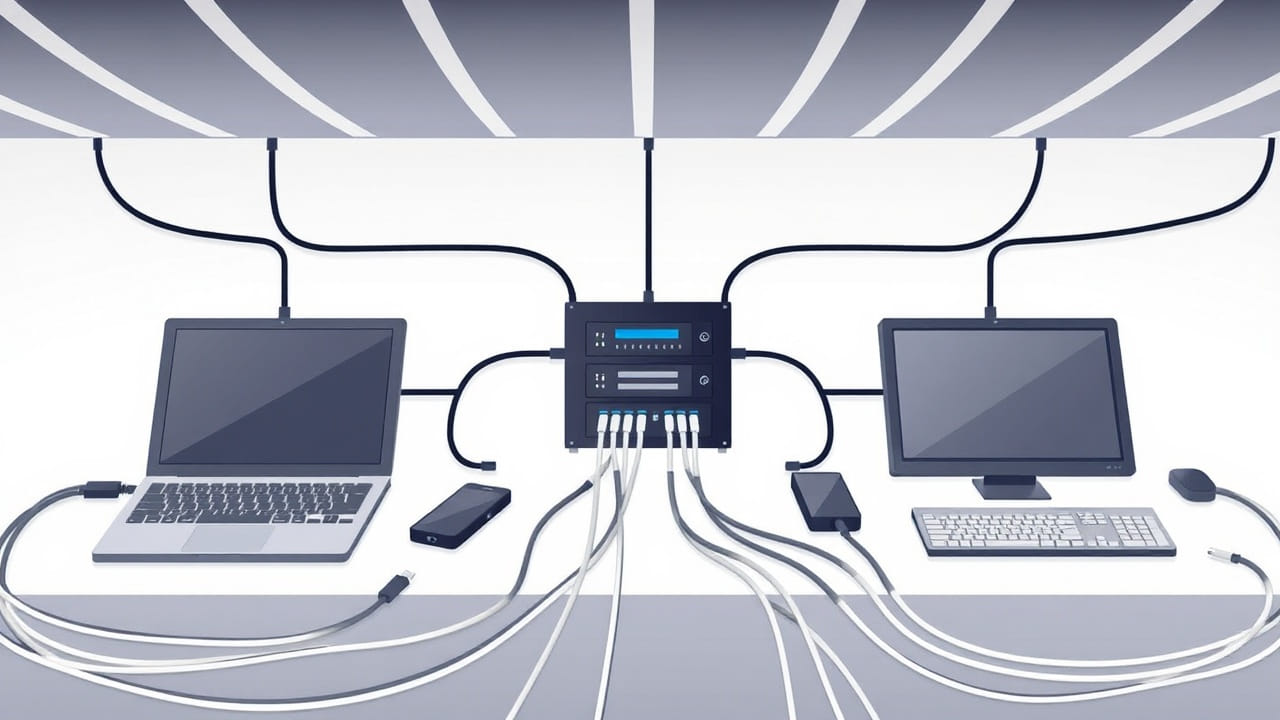What Are The Core Functions Of A Redirected COM Port?

The use of redirected COM ports in cases such as remote desktop sessions and virtualization facilitates communication of applications with local serial devices as if there were direct connections. Builders and maintainers of specialized or legacy hardware interfaces understand their primary use cases.
Virtual redirect COM port solutions for monitoring and data collection are offered by AGG Software. Their software works with serial-over-IP, which allows for advanced logging over multiple connections, USB-to-COM integration, and Ethernet.
This esteemed developer has what is needed to ensure seamless communication between newer and older devices. Thanks to innovative and reliable methods, advanced technologies ensure rapid and dependable data transfer. This allows enterprises to remain operational, efficiently monitor remotely, and improve overall productivity.
Making a Serial Connection Virtual
This is typically the scenario where a user will be using to connect to a remote Server, as in a Remote Desktop Services situation (RDS). Applications running on said remote server have to have access to a serial device. Thus, it must be connected physically to the user’s local box-modem, bar code scanner, specialist diagnostic tool, whatever it may be. The redirector software on a distant server will set up a virtual serial port.
Then, an application running on the distant server and communicating with COM9 will interact with the local system, as if it were directly connected. The seamless ability to use modern remote applications of the serial port as configured on the local system is vital for program compatibility and user experience.
Legacy System Assistance
There is still a great deal of medical and industrial machinery that is RS-485 or RS-232, with software following suit. Physical serial interfaces have completely disappeared from laptop, PC, and server hardware. Therefore, a redirect COM port, such as Serial to Ethernet, helps reduce serial-over-IP access and simplify control and maintenance via virtual communications ports.
Preserving the State and Configuration of the Device
Accurately mirroring the device’s setup and state is another function of a redirect COM port. For hardware flow control, serial communication necessitates that the remote application is capable of tracking signals like:
- Data Set Ready (DSR)
- Clear to Send (CTS)
It also needs to set and query control signals like:
- Data Terminal Ready (DTR)
- Request to Send (RTS)
The redirector notices the control signal changes this application has requested on the remote system, captures them, and sends them down the telnet connection. It does so to ensure the signal is operated on the physical serial port on the local machine. Conversely, it keeps an eye on the status signals from the local device and returns any changes back to the remote application.
Moreover, it ensures that parameters like the baud rate (speed of transmission), stop bits, and parity settings configured by the remote application are correctly enforced on the physical device. This constant synchronization ensures reliable and accurate two-way communication, preventing deadlocks or communication errors that would arise if the control states were not perfectly mirrored.
Conclusion
A redirected COM port excels in bridging the serial gap with utmost effectiveness. Rely on AGG Software if you want to harness the maximum potential of this sophisticated technology. The reputable developer ensures that the port provides virtual access to local serial hardware systems that are local. In addition, it smartly transmits the serial data across the boundaries of the network.
